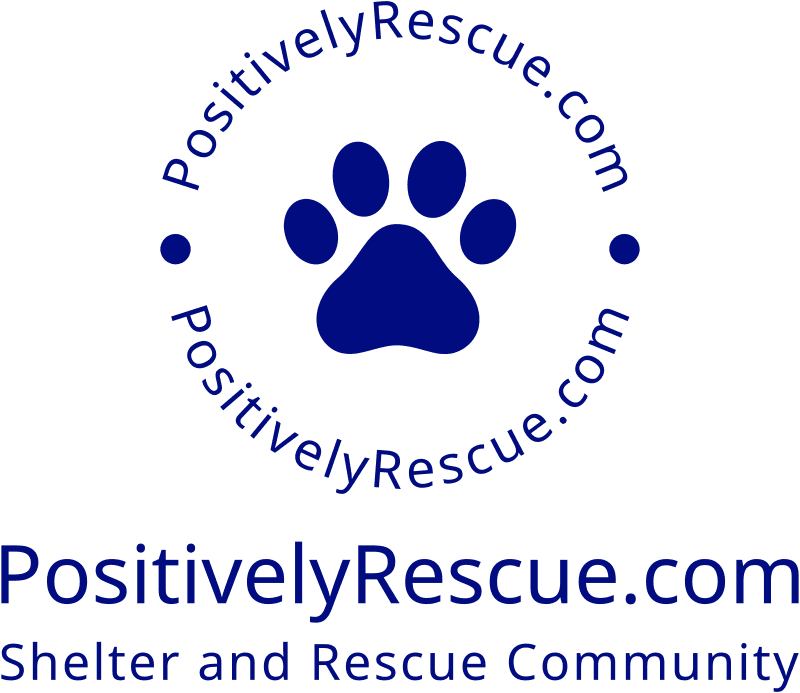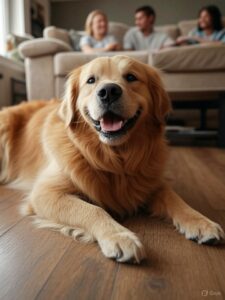🐾 Creating a Daily Routine for Your New Dog
Structure, Stability, and Success for Rescue Dogs
Bringing home a new dog—especially a rescue—can be exciting, but also a bit overwhelming. You’re adjusting, they’re adjusting, and sometimes it feels like chaos.
That’s where routine comes in.
Dogs thrive on structure. When they know what to expect, they can relax, feel secure, and start learning how to live in your world. A predictable schedule helps with everything from house training to reducing anxiety and even curbing problem behaviors.
🧠 Why Routine Matters (Especially for Rescue Dogs)
Your new dog may have come from a shelter, a foster home, or an unstable past. Whatever their history, your home is new—and new can be scary.
A consistent daily routine helps your dog:
-
Learn when meals, potty breaks, and walks happen
-
Understand when it’s time to play vs. settle
-
Build trust in their environment and in you
-
Reduce stress, confusion, and unwanted behaviors
Think of your dog’s routine like a security blanket—one that’s wrapped in clear expectations and kind guidance.
🕒 Sample Daily Routine
Every household is different, but here’s a starting point you can customize:
Morning (7:00–8:00 AM)
-
Potty break (first thing!)
-
Morning meal (use a puzzle feeder for enrichment)
-
Walk or play session
-
Calm time while you get ready for the day
Midday (12:00–1:00 PM)
-
Potty break or short walk
-
Snack or food toy (like a frozen Kong)
-
Quiet time (nap, crate rest, or calm enrichment)
Afternoon/Evening (5:00–7:00 PM)
-
Potty break
-
Dinner
-
Walk or interactive play
-
Basic training session (5–10 minutes)
Night (8:00–10:00 PM)
-
Calm bonding time (cuddles, brushing, gentle enrichment)
-
Final potty break before bed
-
Wind-down time in crate or on a designated bed
🧩 Include These in Every Day
To meet your dog’s physical and emotional needs, aim to include:
✅ Potty breaks (especially for puppies or seniors)
✅ Physical exercise (walks, fetch, tug, etc.)
✅ Mental stimulation (training, puzzle toys, scent games)
✅ Rest time (at least 12–16 hours of sleep per day)
✅ Positive interaction (affection, play, calm companionship)
You don’t need to micromanage every minute—but having predictable blocks of time makes a huge difference.
🐶 Tips for Building a Successful Routine
-
Be consistent with timing as much as possible
-
Feed in the same spot to reinforce routine and comfort
-
Use structure for freedom (ex: leash walks before off-leash play)
-
Offer calm activities before bedtime to signal wind-down
-
Include breaks between stimulating activities so your dog can relax
Dogs need stimulation, but they also need recovery time—just like we do.
🔄 What If Life Isn’t the Same Every Day?
No problem—flexibility is okay! If your work hours or schedule varies:
-
Stick to the order of events, even if the timing changes (ex: potty > breakfast > walk)
-
Use cues to signal transitions (ex: “Go potty,” “Bedtime,” “Let’s eat”)
-
Keep bedtime and wake-up times as regular as possible
Dogs don’t need a rigid clock—they just need predictability.
🐾 How Long Does It Take for a Dog to Settle?
Every dog is different, but many rescues take:
-
3 days to decompress
-
3 weeks to start learning the routine
-
3 months to fully settle in
Give them time, consistency, and compassion. Routine is the bridge between uncertainty and confidence.
💬 Final Thoughts
Creating a daily routine isn’t about strict schedules—it’s about giving your dog the comfort of knowing what to expect. Especially for rescue dogs who may have never known stability, routine is a powerful gift.
The more predictable their day becomes, the more your dog will relax, learn, and thrive—and the easier life becomes for both of you.

